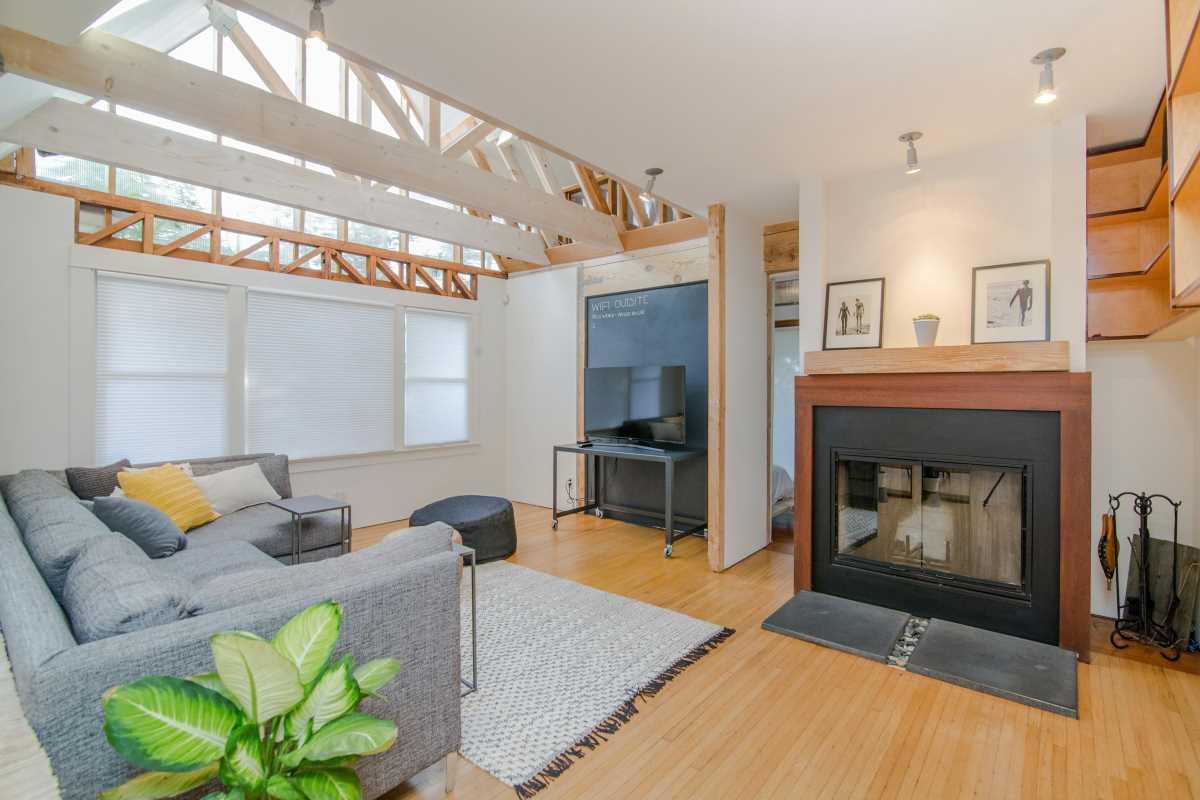Small changes can make your home feel warmer and more inviting without requiring a big budget. By paying attention to your routines and what makes you comfortable, you can update your living space in ways that reflect your tastes and needs. Try rearranging furniture for a fresh look, display favorite items that spark happy memories, or add soft lighting to create a calm atmosphere. Simple cost-saving habits become enjoyable when you connect them to your lifestyle, helping you build a space that feels truly your own. With a little creativity, you can boost comfort and style while keeping expenses low.
This introduction sets the tone for simple yet clever steps that preserve warmth, convenience and charm. You’ll discover new viewpoints, budget-friendly swaps and hands-on strategies designed to fit seamlessly into your lifestyle while keeping bills in check.
New Perspectives on Everyday Comfort
- Rethink Lighting
- Approach: Pair adjustable LED bulbs with manual dimmer switches to go beyond simple “on/off.”
- Benefits:
- Tailor brightness for tasks like reading or relaxing.
- Prevent over-lighting and reduce energy use by up to 80% compared to incandescent bulbs.
- Adapt instantly to your mood.
- Tip: Install single-knob rotary dimmers instead of multi-button panels for simpler controls and lower installation costs.
- Turn Cooking into an Efficiency Opportunity
- Approach: Swap large pots on electric ranges for snug ceramic cocottes on induction hobs.
- Benefits:
- Tighter fit retains heat.
- Food cooks evenly and up to 20% faster.
- Steps:
- Preheat the hob on medium for one minute.
- Add the cocotte.
- Adjust heat to low and cover.
- Insider tip: Soak the cocotte lid in water before stewing vegetables to boost humidity and reduce moisture loss.
- Upgrade Your Reading Nook
- Approach: Use a clip-on task lamp powered by a rechargeable USB battery pack.
- Steps:
- Clip the light onto shelves or headboards.
- Recharge monthly via laptop or wall adapter.
- Avoid phantom electricity draw from unused table lamps.
- Benefits: Recharge cycles last up to 30 hours on a low setting.
- Tip: Position lamps low on the shelf so the beam focuses on pages instead of bouncing off walls and heating the room.
Practical Moves to Lower Bills and Costs
- Optimize Thermostat Schedules
- Goal: Balance warmth and fuel use.
- Steps:
- Identify peak indoor hours when temperatures must stay steady.
- Program 4–6° drops for nights or absences using a smart thermostat’s weekly schedule.
- Monitor indoor humidity and adjust fan settings to circulate air without overheating.
- Cost: Devices start around $100, most connect to home Wi-Fi.
- Insider tip: Use hold mode sparingly—frequent overrides cancel out the algorithm’s efficiency gains.
- Seal Air Leaks Around Windows and Doors
- Goal: Maintain stable indoor temperatures and reduce HVAC strain.
- Steps:
- On a breezy day, check for drafts around openings.
- Apply weatherstripping tape or silicone backer rod along gaps over 1/8 inch.
- Seal with paintable caulk and let cure 24 hours before painting/cleaning.
- Cost: Under $20 per window for materials.
- Insider tip: Clean surfaces with rubbing alcohol before applying tape for stronger adhesion.
- Switch to Mesh Wi-Fi Extenders Instead of Repeaters
- Goal: Lower power consumption and improve signal reliability.
- Steps:
- Disconnect your old repeater and plug in a mesh satellite within line of sight of the router.
- Use the companion app to assign the same SSID as your main unit.
- Test signal in multiple rooms and adjust placement.
- Cost: Bundles start near $150.
- Insider tip: Place extenders at midpoints between dead zones, not room corners, for smoother coverage.
- Install Faucet Aerators in Kitchens and Bathrooms
- Goal: Cut water flow without losing pressure.
- Steps:
- Unscrew old aerator with a coin or wrench.
- Attach a new low-flow aerator rated at 1.5 GPM.
- Tighten and run water for a minute to clear debris.
- Cost: About $5 per unit.
- Insider tip: Pick models with removable screens for easy annual cleaning to prevent buildup.
- Switch Laundry Routines to Partial Loads on Low-Heat Settings
- Goal: Reduce electricity use per cycle.
- Steps:
- Sort lightly soiled clothes into mini-load batches.
- Select 60°F cold wash and “express” or “quick” mode.
- Air-dry delicates on a rack near a sunny window.
- Cost: None if your washer supports small loads; drying racks are low-cost or can be improvised.
- Insider tip: Toss a dry towel into damp loads and pause five minutes—the towel absorbs moisture and can cut dryer time by ~15 minutes.
Small Swaps with Big Results
Transform day-to-day items by choosing dual-purpose versions that reduce clutter and spending. Swapping a bulky electric kettle for a stovetop pour-over brewer not only saves counter space but also cuts standby energy use and yields richer flavor in each cup.
When you look to cut costs on kitchen appliances, prioritize manual tools that require no power bricks. For example, a hand-crank grain mill lets you experiment with fresh flours without increasing your electricity bill.
Money-Saving Tools and Tips in Action
Use simple gadgets that track consumption and reveal hidden waste so you can make targeted adjustments quickly. A plug-in energy monitor identifies power-hungry standbys in real time, while a faucet flow meter logs water usage over weeks to spot overflows or leaks you missed.
When you learn to cut costs with these meters, connect them to smartphone apps that chart daily patterns and send alerts when consumption spikes. This hands-on data encourages timely adjustments and often pays for itself in one or two bill cycles.
Maximize Savings Without Missing Out
Stock up on nonperishables during seasonal sales and store them efficiently to cut costs. Coordinate group purchases for home services to access discounts without losing quality. With these simple strategies, you can keep your home both comfortable and budget-friendly.
 (Image via
(Image via





